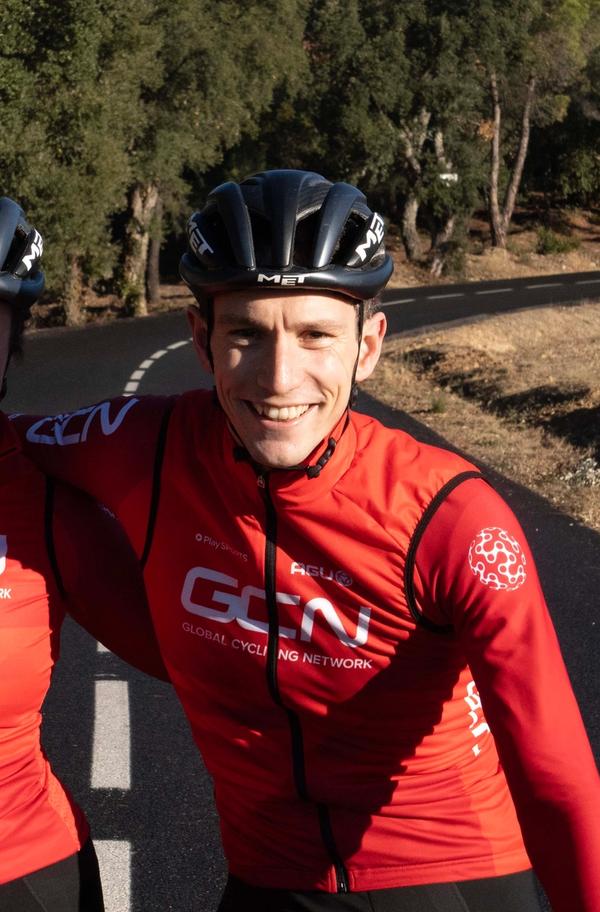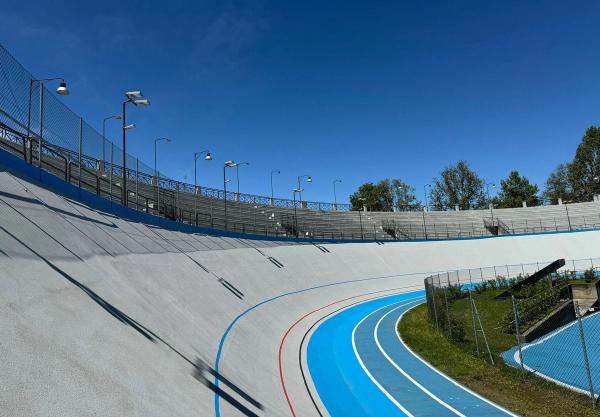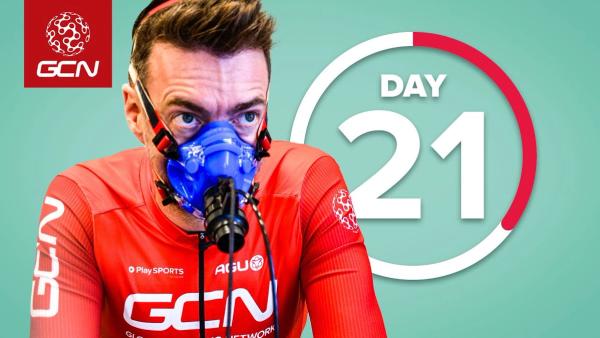Group ride etiquette: 8 unwritten rules you need to know
Follow these golden rules so you’re not annoying everyone on your next group ride
Alex Hunt
Junior Tech Writer
Group rides are part of the very fabric of cycling. Whether it is a weekend social ride to your favourite coffee stop or rolling through and off in a chain gang. Riding in a group containing other individuals does come with its own set of rules though. Some of these are common sense while others are a little more nuanced. If you are new to group rides and want to be invited out on the next ones here are some of the things you should and shouldn’t do when in the bunch.
Signalling
Anyone who is not riding at the front of the group has a very limited view of what is coming up and even less time to react to it. Which is why it's important for everyone in the group to act as the eyes and ears for everyone else. If you see a pothole, broken glass or anything else that could cause havoc to the group, call it out loudly and clearly. Ideally, use a hand signal to directly alert others to the obstruction, if it is safe to do so.
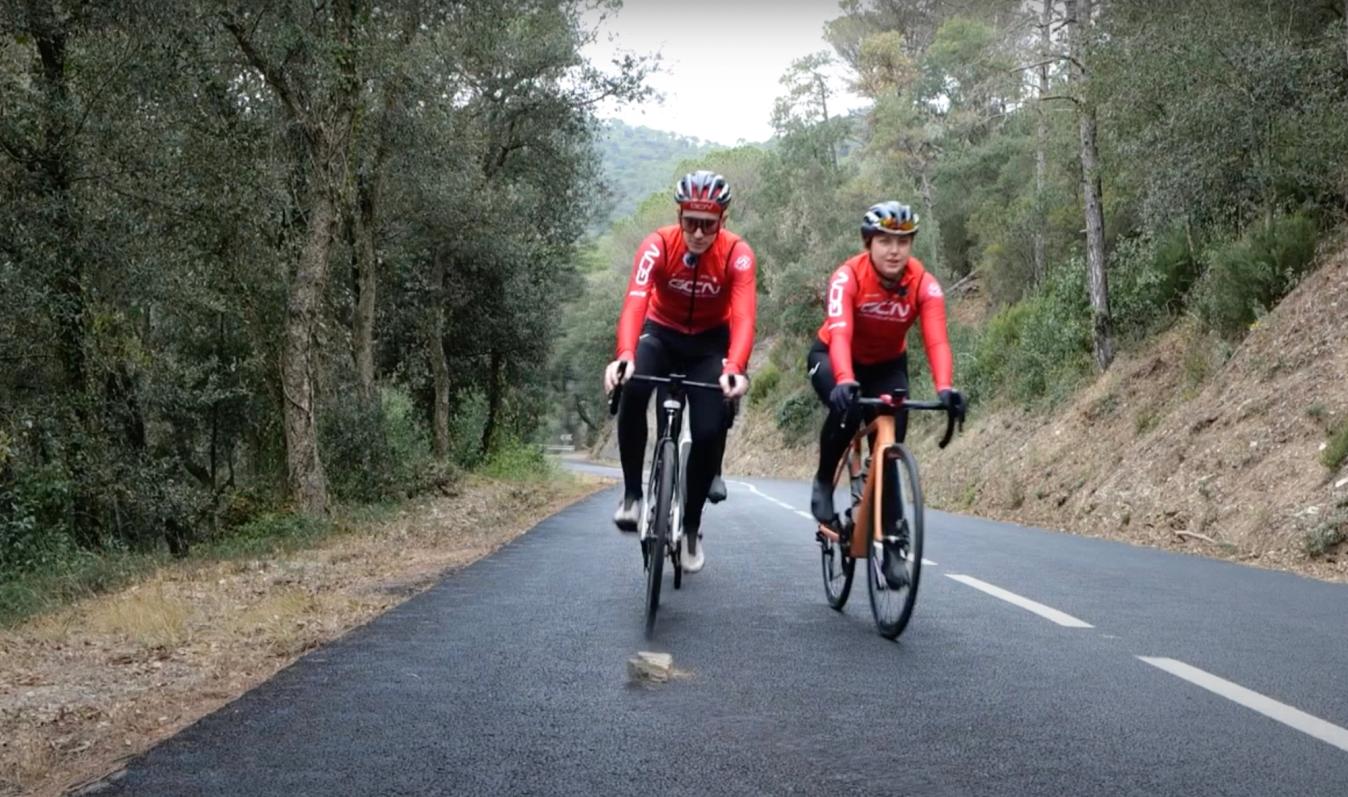
© GCN
If you don't call out potholes or obstructions don't be surprised when you are asked to ride at the back for the rest of the route
This also extends to general navigation. If there are junctions, roundabouts or if you are coming to a stop all needs to be communicated. One of the best examples is letting the next rider know if a road is clear to cross as you go over it. This not only looks after the safety of the group but also keeps the flow of the ride.
Snot rockets
Disgusting, right? But sometimes it can't be avoided. You're out on a ride and for one reason or another, you need to clear your nose. No one expects you to have to deal with it all ride until you get to a cafe or back home but do be considerate about how and where you it.
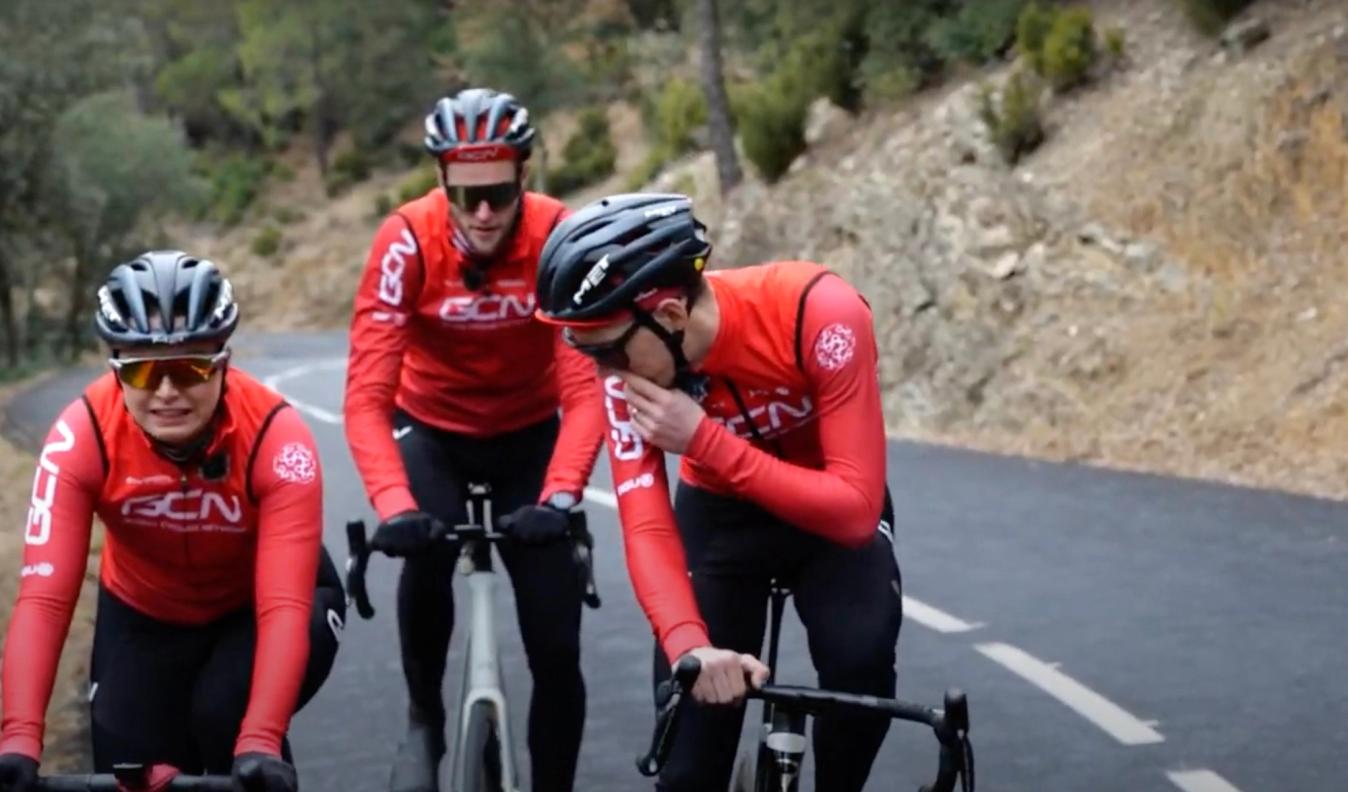
© GCN
Never clear your nose in to the path of a rider behind you, check over your shoulder and position yourself in clear air
When the time comes, clearly signal your intentions and move out from the group or drop a few wheels off the back. Before clearing your nose, give a check over your shoulder to make sure no one is in the firing line and then aim for the roadside or a hedgerow. It might seem obvious but we have all seen poorly judged snot rockets ending up on some unsuspecting rider's brand new jersey. Not nice.
Half-wheeling
This is when you position yourself ever so slightly in front of the rider next to you and as they up the pace to pull level you also up the pace. Ultimately, if no one calls you out for this it will end up in a flat-out ride that will have everyone else on the ride holding on through gritted teeth and looking at how they can ditch you at the cafe.
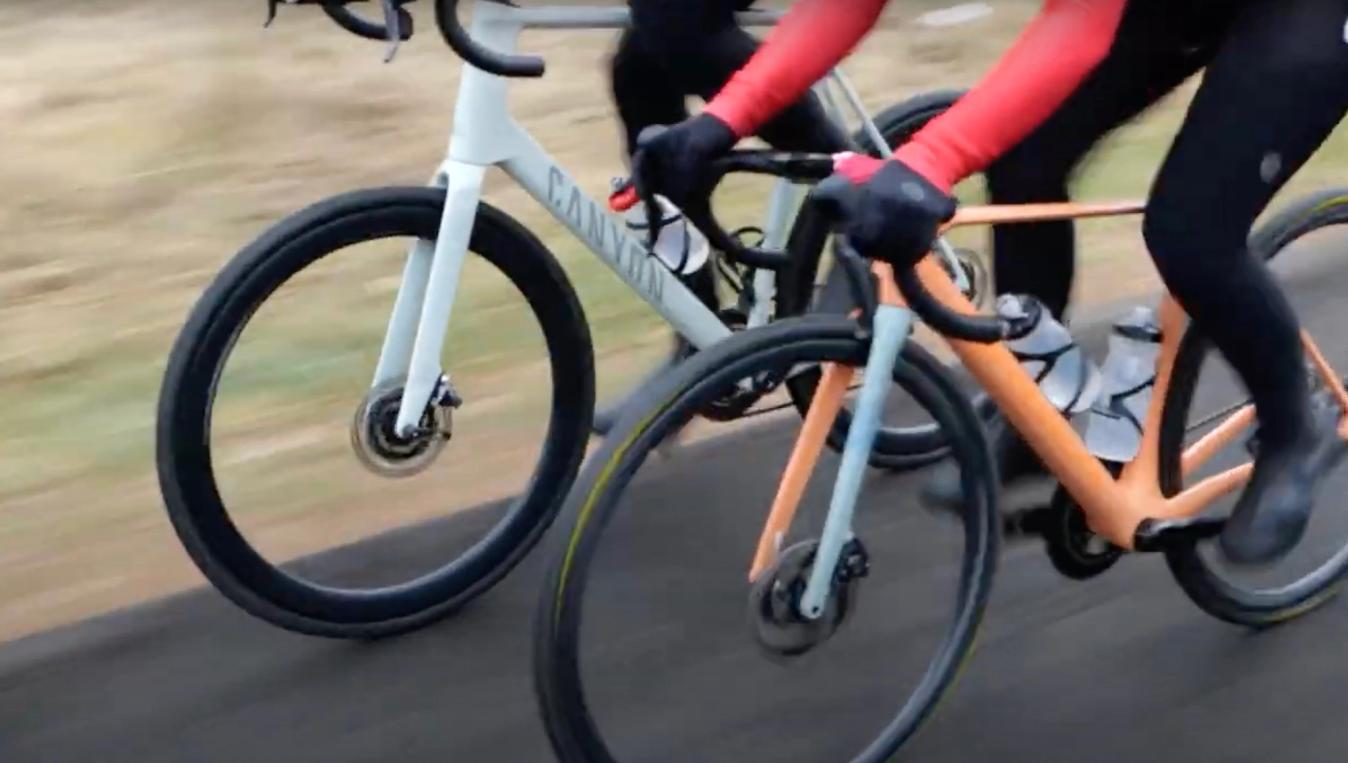
© GCN
Nudging the pace up by sitting just in front of the rider next to you could have your invite to the next ride revoked
On a social group ride keep the ego in check. Just enjoy the conversation and keep the pace comfortable for everyone. If you want to up the pace either enter a race or set up a chain gang where you can rip your legs off. The Sunday rollout to the cafe is not the place for this.
Pacing
In a similar vein to half-wheeling the pace of the ride should be communicated before the ride heads off. Everyone has a different fitness level and therefore achievable riding pace for the duration of the ride. The intentions of the ride should be laid out ahead of time to give people the option to plan accordingly.
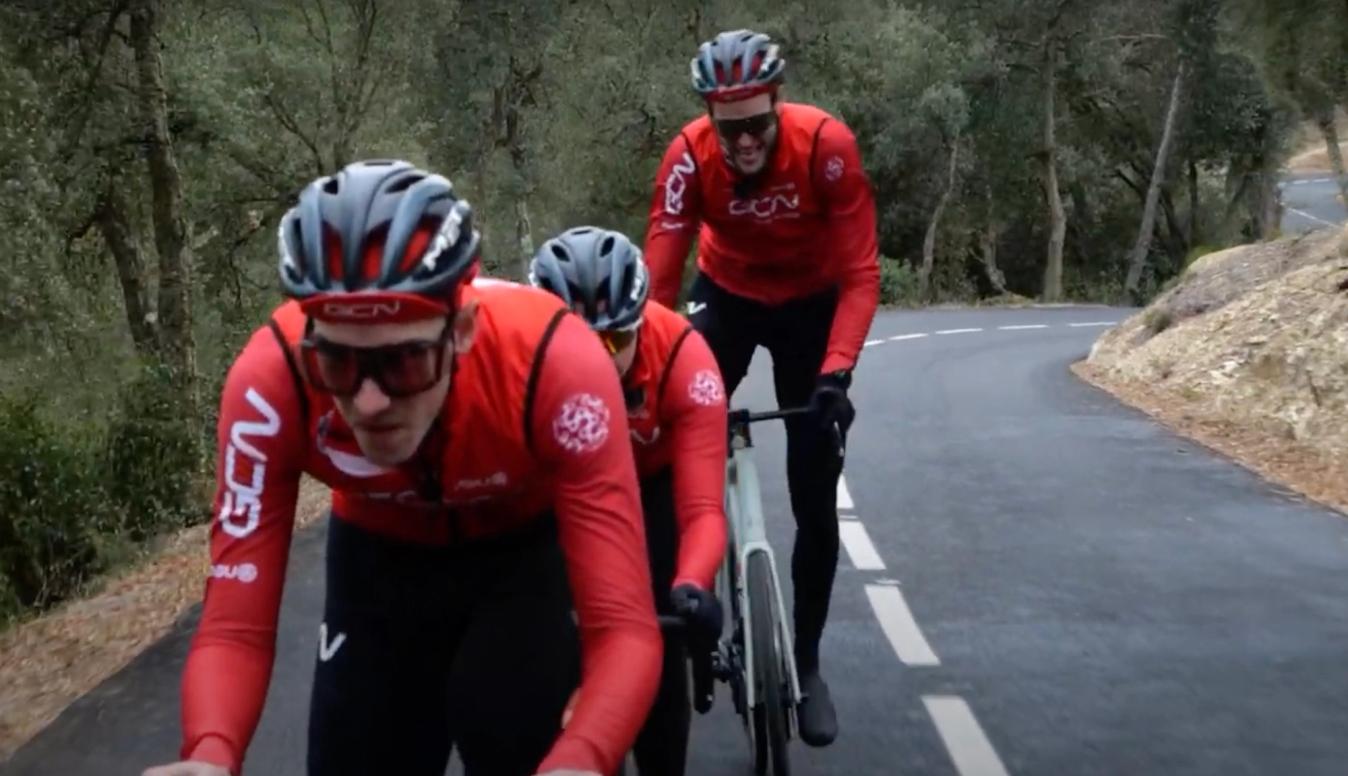
© GCN
Group rides can be at any pace, however, it is important that it is agreed and stuck to
There is nothing worse than turning up for what you think will be a comfortable 50 miles ride to find out it is going to be an 80 mile hilly ride at a pace that is going to kill you. Communicating expectations makes the ride better for everyone as no one fears getting dropped all ride.
- Read more: 10 types of cyclists we all know
Route planning and sharing
Following on from pacing is the route selection for the group ride. Sharing the intended route a few days ahead of the ride will give everyone the chance to have a look at it and see what is in store. It also prevents that one rider that ‘knows the route’ from adding in an extra 10 miles ‘by accident’.
- Read more: 8 Strava features everyone should know about
Strava has a great route planning tool and now with the in-app messaging service the attendees of the ride can all directly comment on the route and any changes that they want to suggest. Ideal for keeping everyone informed ahead of time.
Stick together
Group riding is a collective experience and you are all in it together. So once you start you are part of the group ride and pull together. This means that if anyone comes into difficulty, gets a mechanical issue or anything else that might arise, you deal with it as a group and help where you can.
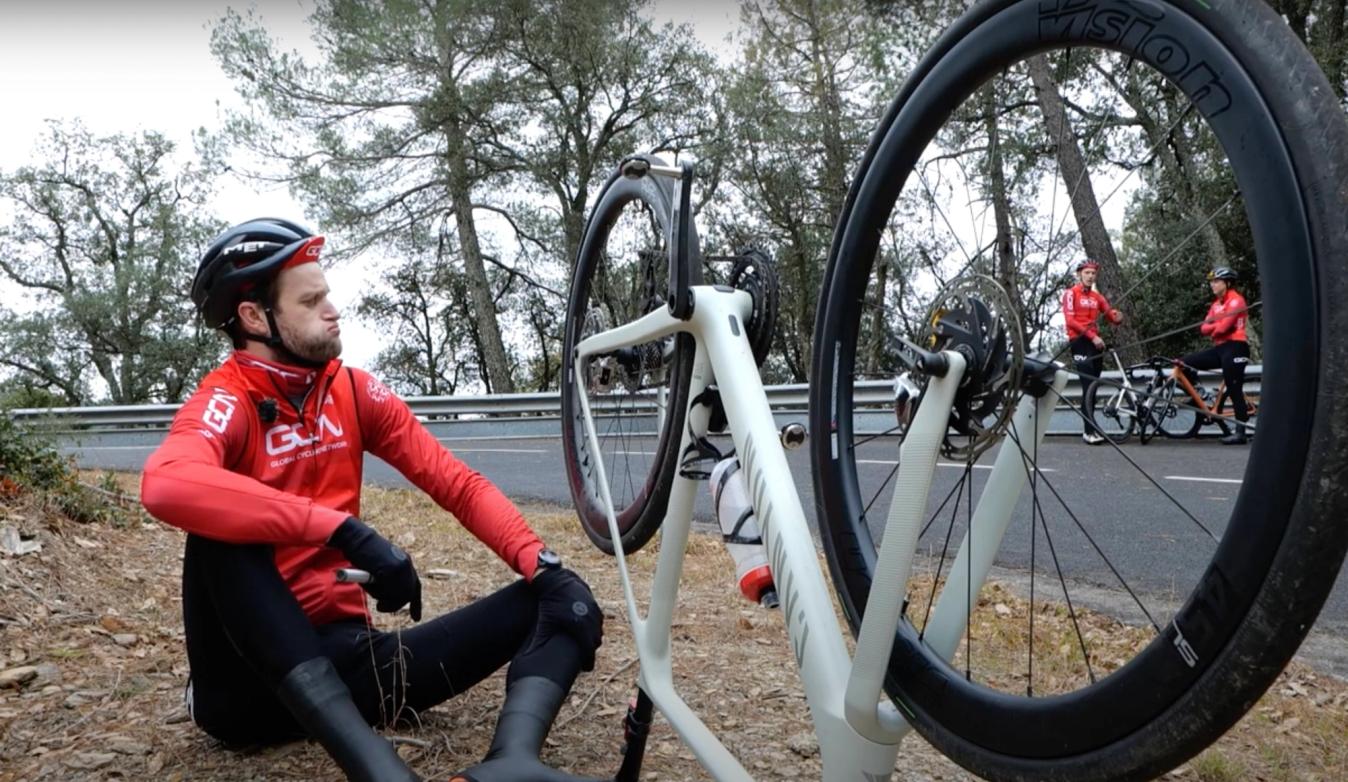
© GCN
If you ride as a group you stop and help as a group
This does work both ways, with the expectation being that you turn up with your kit, bike and spares all in good working order. If you are seen to be frequently turning up with no food or no inner tubes and asking for help each week when you puncture or bonk you might find the invites to the rides drying up.
Mudguards
The topic of mudguards always seems divisive, some people love them others vehemently loathe them. For winter rides they are essential items to keep yourself but more importantly the other riders around you dry and clean. In a group road spay can absolutely cover any rider sitting behind you and the politest thing you can do is fit a pair of full-length mudguards that will contain the worst of the road spray.
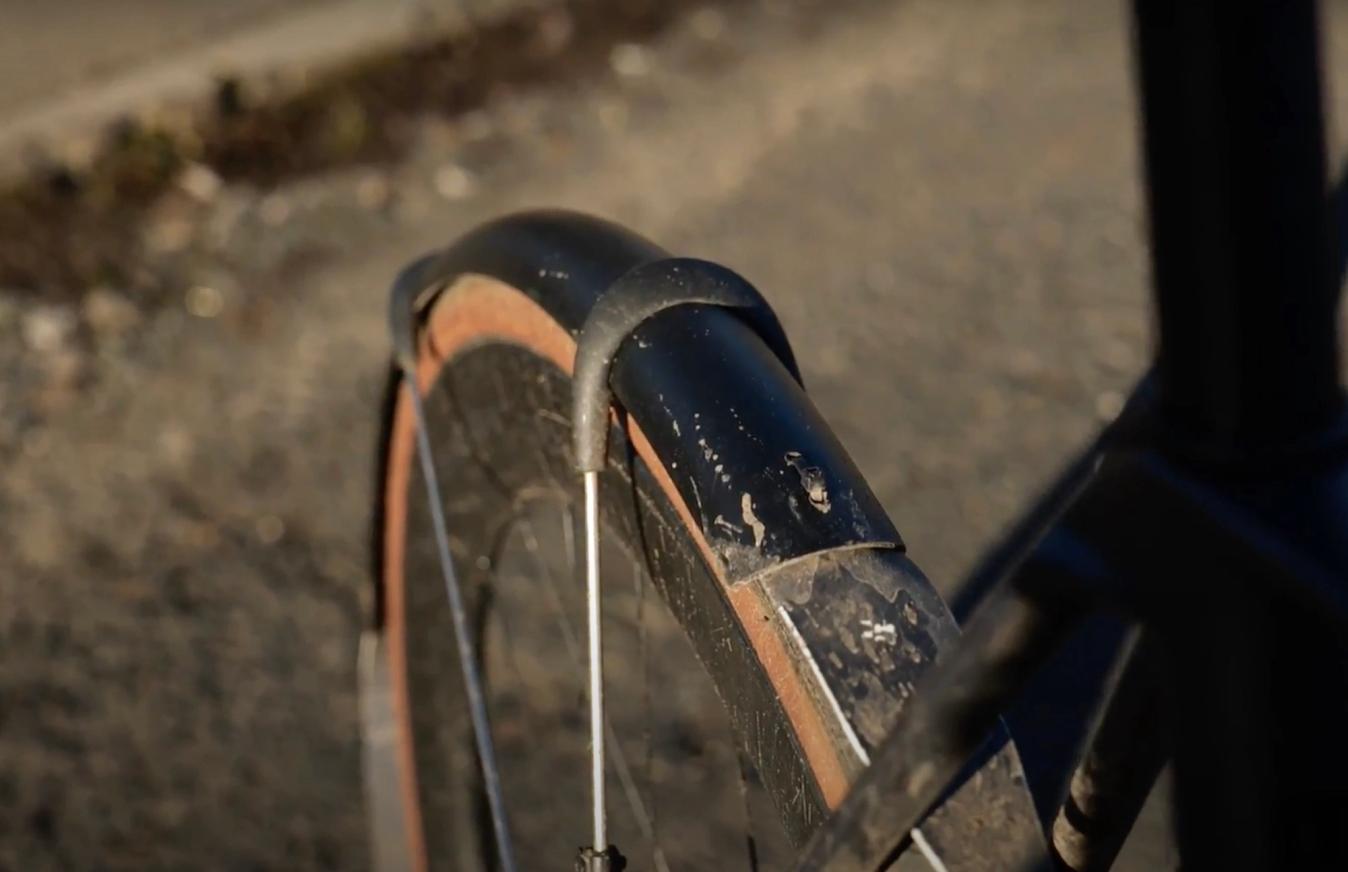
© GCN
Fitting mudguards is a polite way of taking care of the riders around you
Some group rides are very strict on the use of mudguards in the winter whereas others a far more relaxed. Go with what the accepted code is for that group. If mudguards are optional, don’t go around criticising everyone that has gone without.
Turn up on time
If a group ride is set to start at 9am then be there ready to ride at 9am. This doesn’t mean turning up at the car park at 9am but still having to get your bike out and check your tyre pressures. It means ready to roll. There is no quicker way to put the group's nose out of joint than to keep them all waiting for you to get ready.
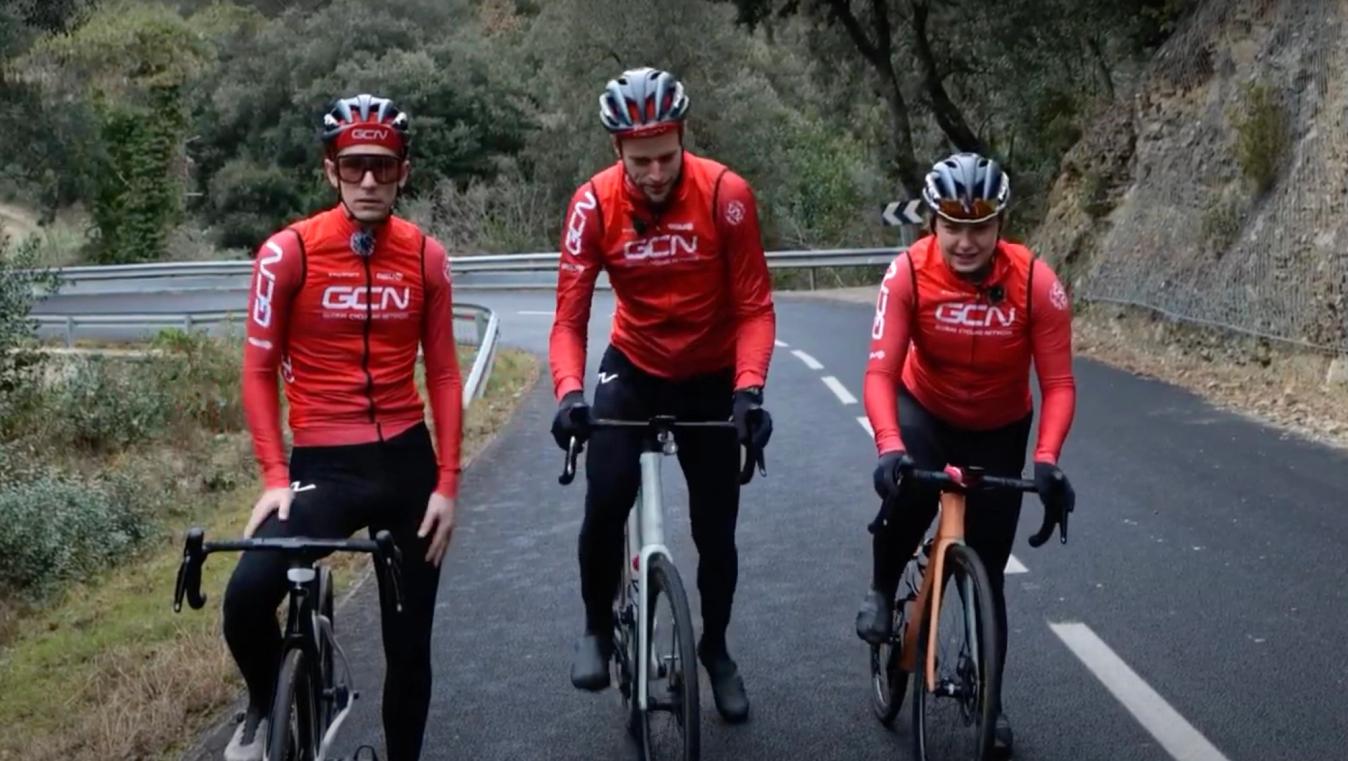
© GCN
Don't leave your mates standing the road side, turn up and be ready to ride at the agreed time
In the wet or in winter it is possible that you might get left behind if everyone else is ready and riders are getting cold. It's always better to be a few minutes early than to keep everyone waiting.
- Read more: GCN's eight worst things to say to a cyclist
There are some of the best etiquette tips when it comes to group riding and they are there so everyone can have an enjoyable ride. The most common theme is simply communication before and during the ride. It is also your duty, if you are a seasoned group rider, to talk to newcomers in a welcoming way that lets them know the rules of the ride. If someone does something simply because they don’t know any better, try to educate and share what you have learned over the years.
Did we miss anything off our list? Let us know what you would add in the comments section below.
